Rare Super Blood Wolf Moon Coming on January 20
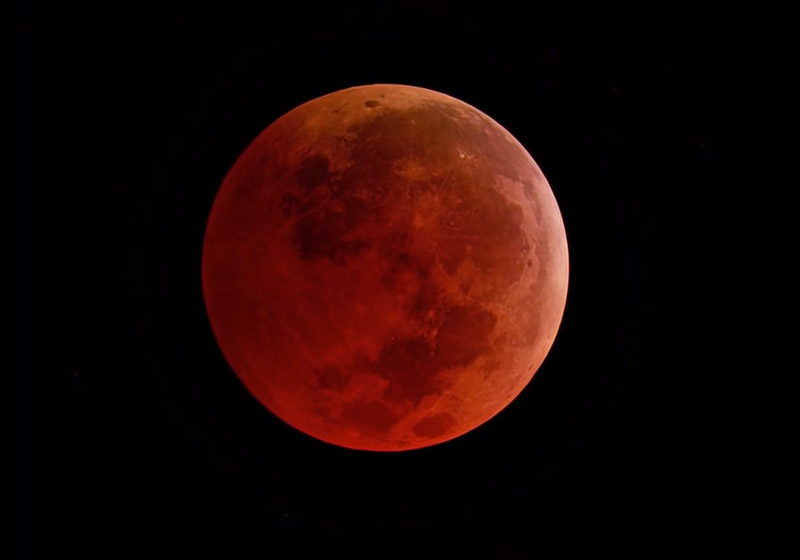
A total lunar eclipse, which will coincide with a super moon and the first full moon of the year, is going to occur on January 20, 2019, and residents all along the East Coast should have a prime front-row seat for the show.
The event is technically labeled as a “super blood wolf moon,” as a number of unusual factors are aligning to create a celestial show that we won’t see again until the year 2036.
Specifically, a “wolf moon” refers to the first full moon in January, while a “super moon” is when there is a full moon at the same time that the moon is closest to the earth, making the moon appear much larger than usual. A “blood moon” is part of a lunar eclipse, and refers to the reddish hue that occurs when the earth’s shadow comes between the sun and the full moon. A lunar eclipse happens when the sun, moon, and the earth are all aligned in a straight line called syzygy, causing the ensuing red shadow to be cast.
Put it all together, and these occurrences create the rare “super blood wolf moon,” which will light up the skies across North America and a large chunk of the world on the night of January 20 through the early morning hours of January 21.
The eclipse is expected to last in its entirety for roughly an hour and three minutes, which makes it one of the longer eclipses in recent history. The upcoming super blood wolf moon also has the distinction of being the only total lunar eclipse for 2019.
On Hatteras and Ocracoke Islands, the total eclipse will begin at around 11:41 p.m., will be at its maximum point, (or when the moon is closest to the center of the shadow) at 12:12 a.m., and will end at 12:43 a.m., according to timeanddate.com.
How well the eclipse will be visible locally is very much dependent on the weather. Currently, the forecast for the islands calls for wind, showers, and clouds, which could make the entire show difficult to see.
But considering that the Cape Hatteras National Seashore has a reputation of being one of the darkest and best places to see the night skies on the East Coast, if the weather cooperates, it could be quite a show for night owls and stargazers who venture outside on January 20.
For more information, see NASA’s Lunar Eclipse page at https://eclipse.gsfc.nasa.gov/lunar.html/









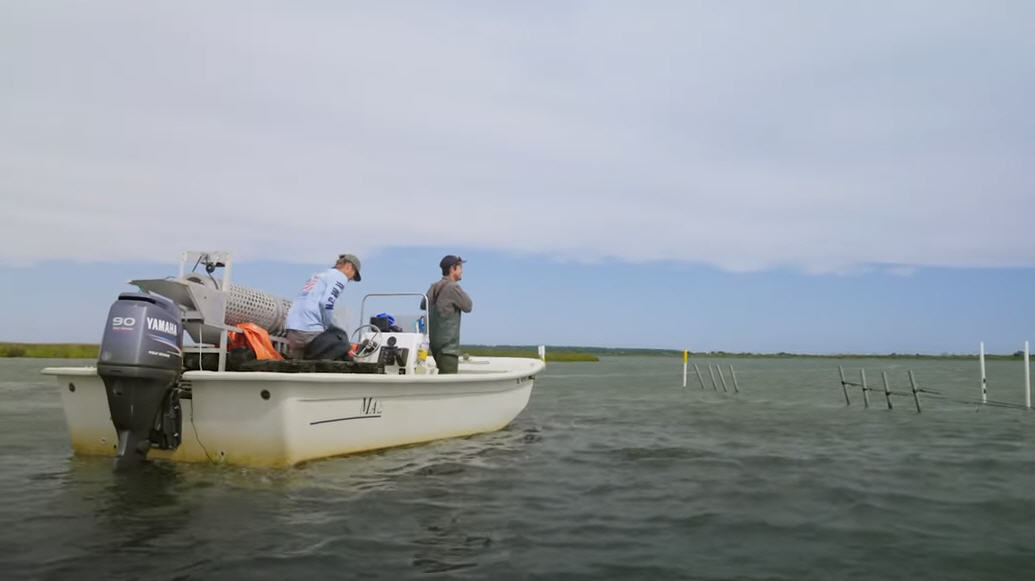

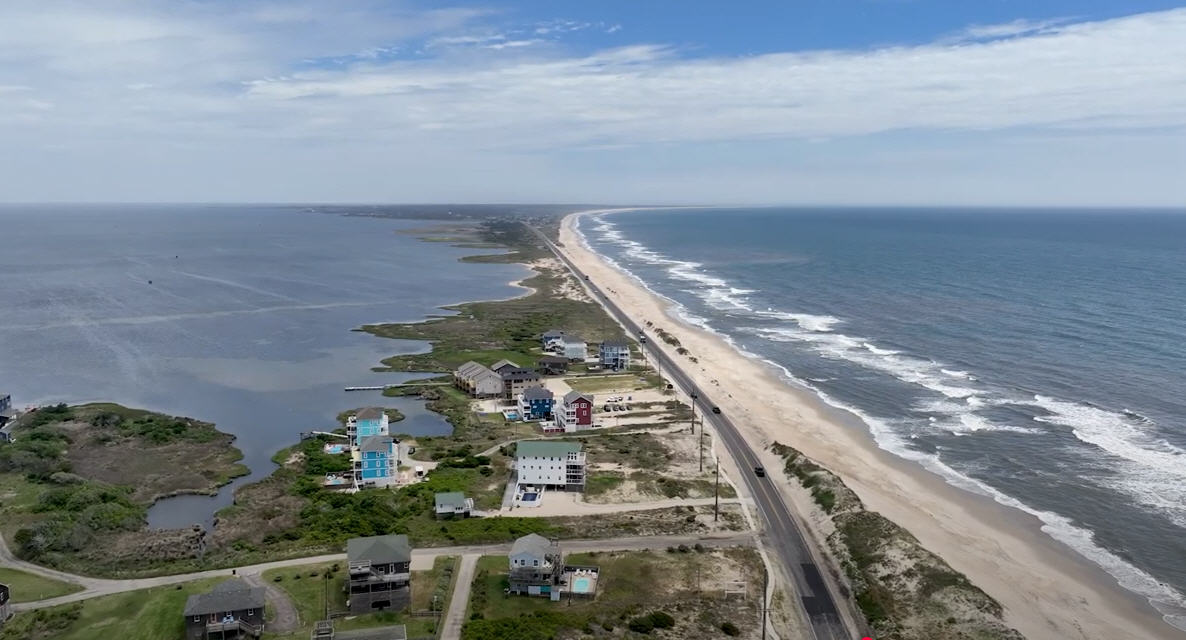


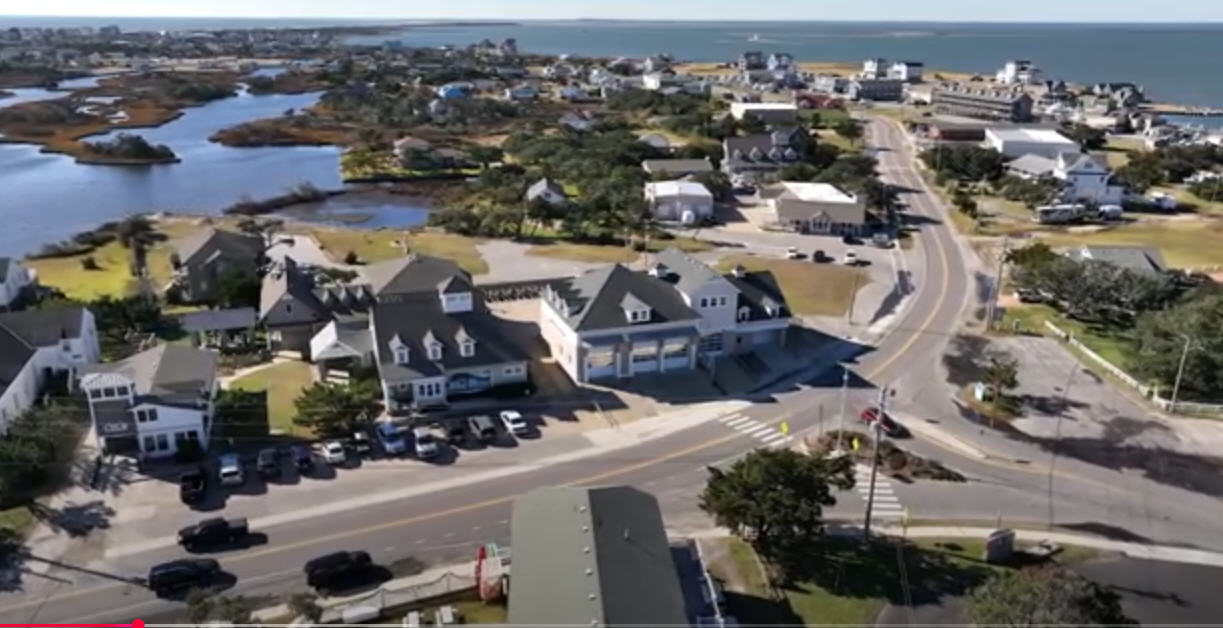
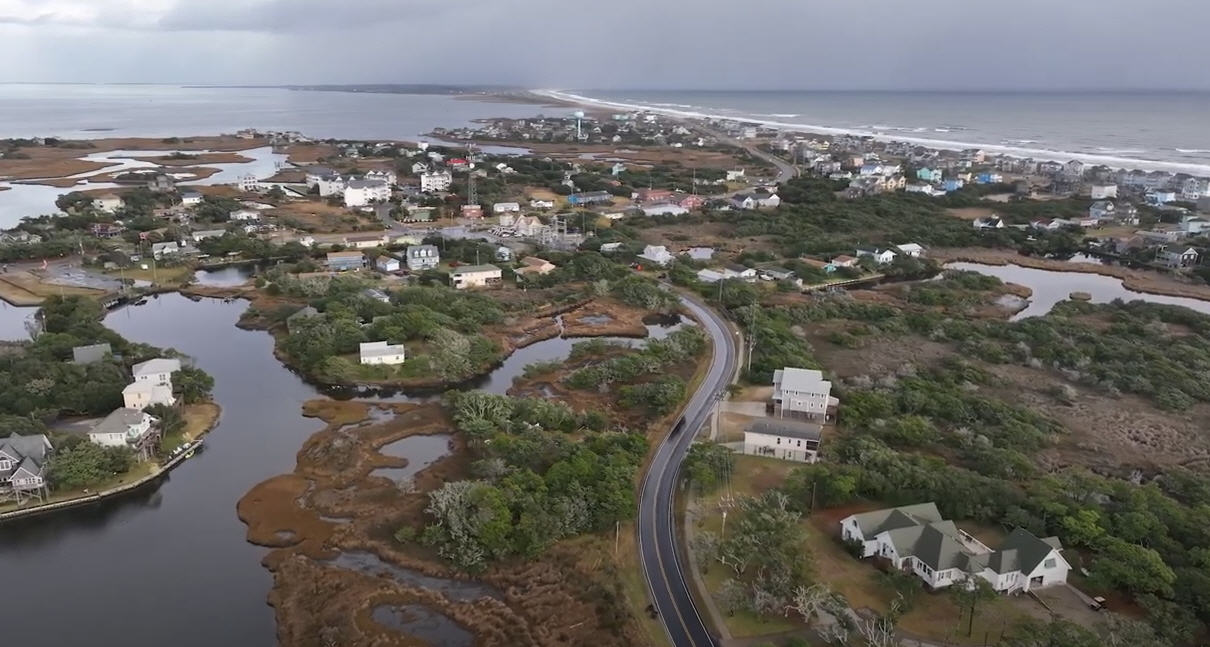



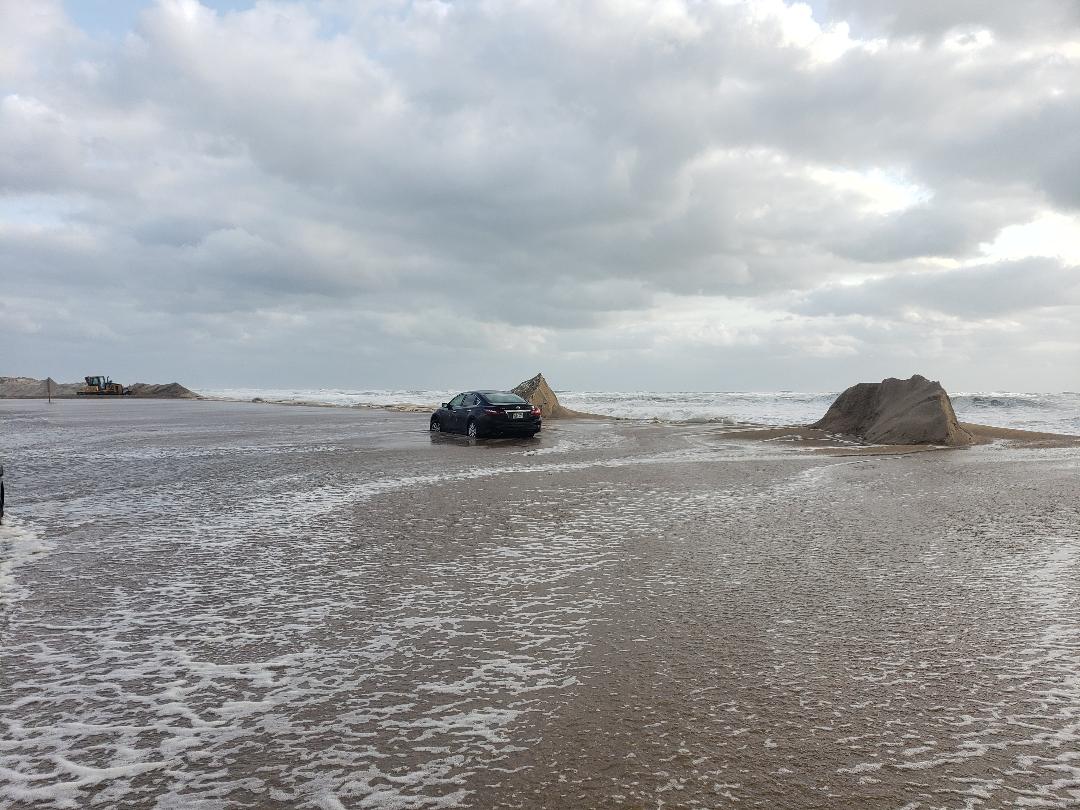
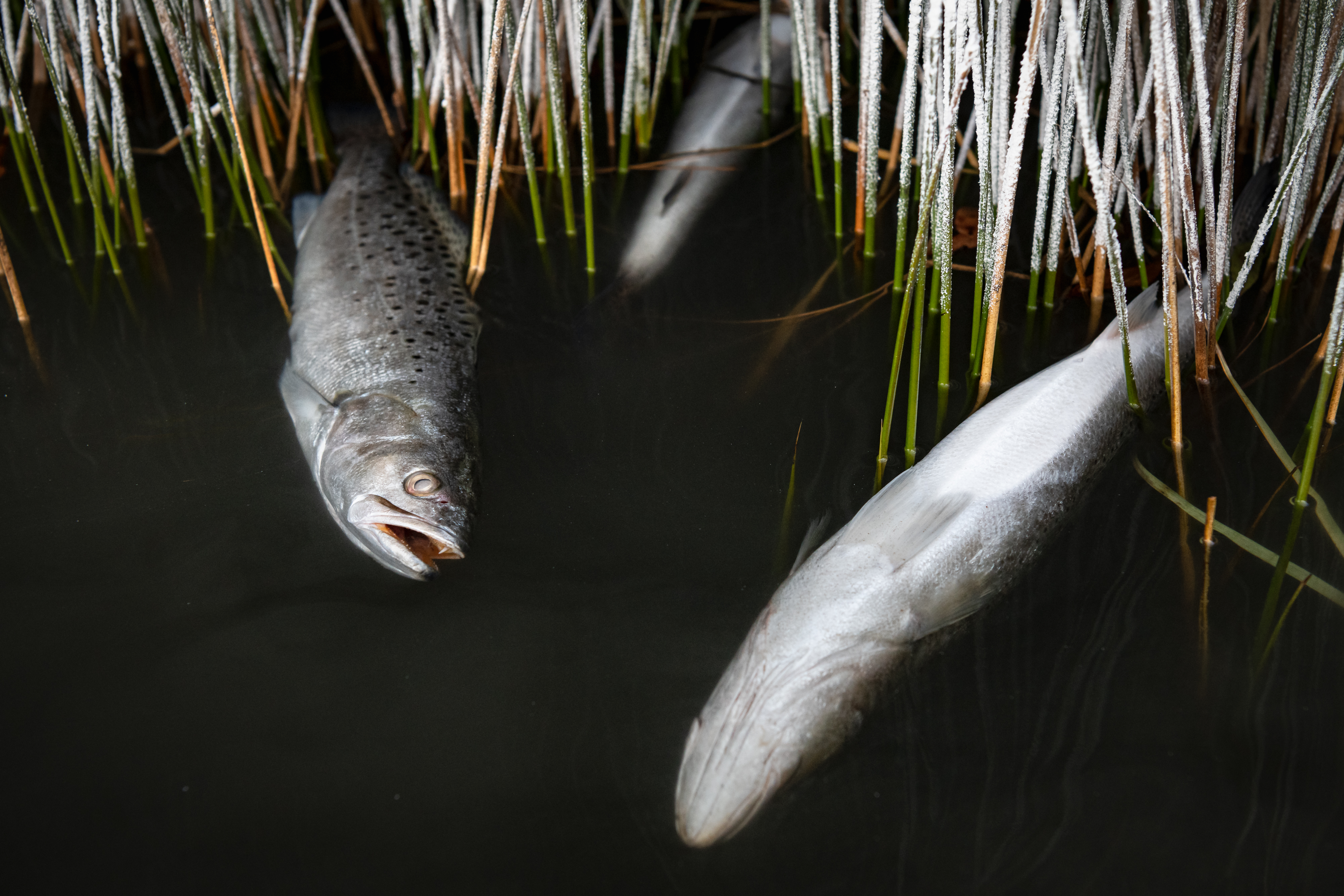


For those who do not live on the Outer Banks the link to NASA gives you a time calculator based on your address or longitude and latitude.